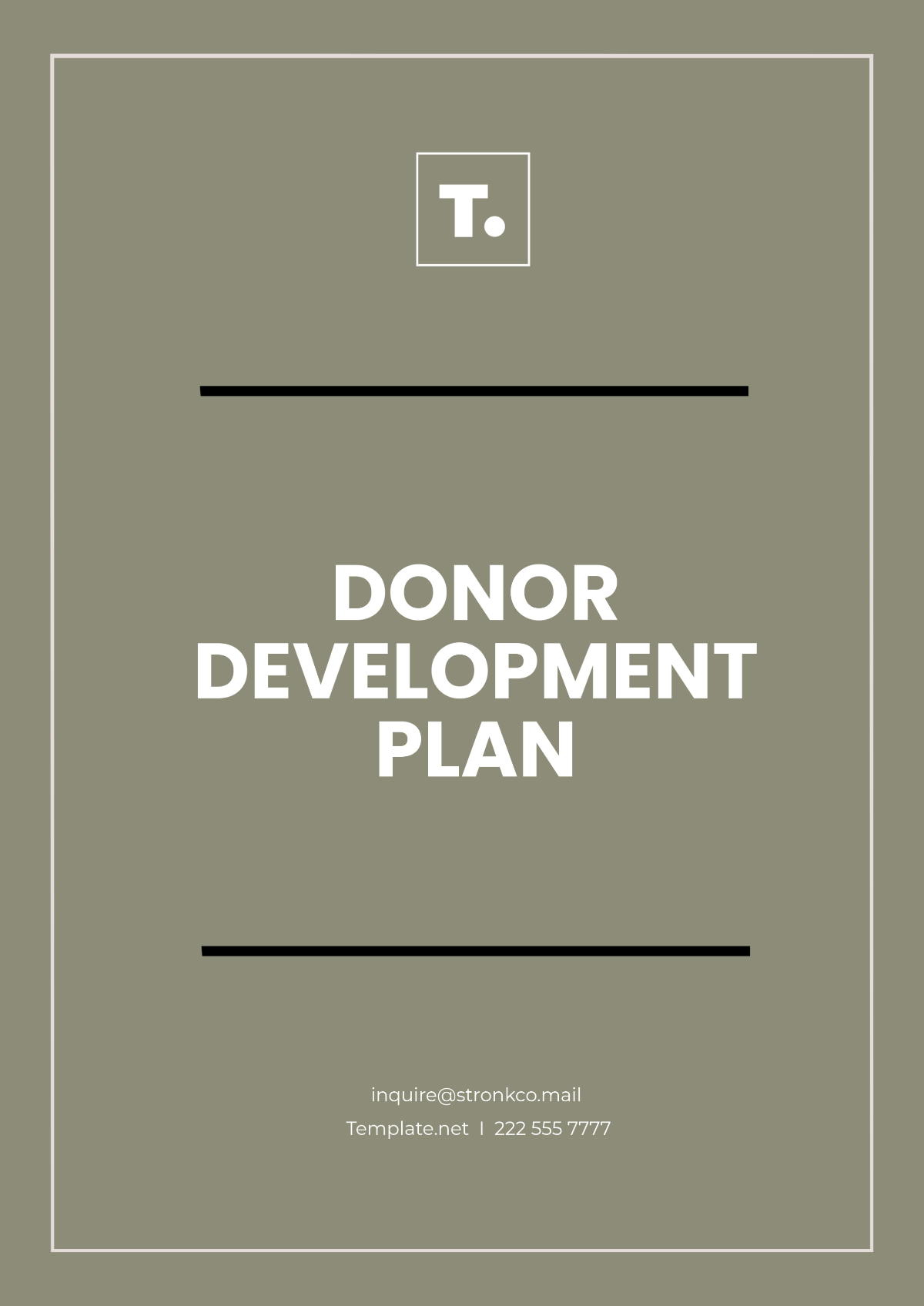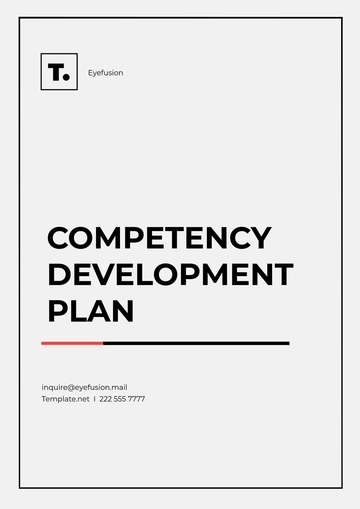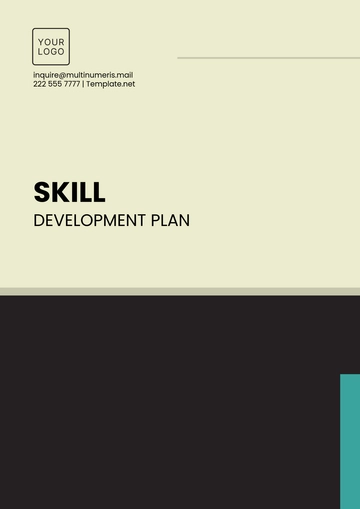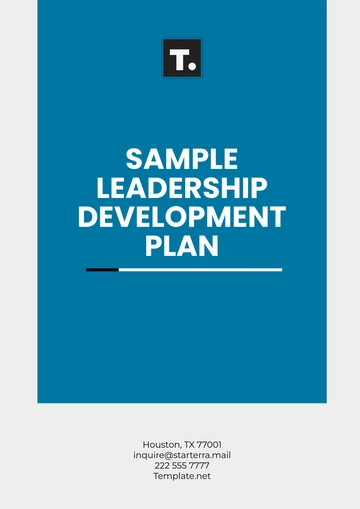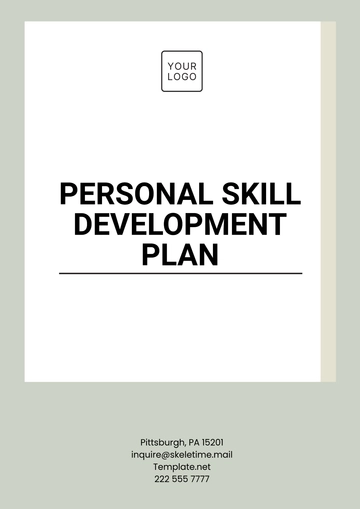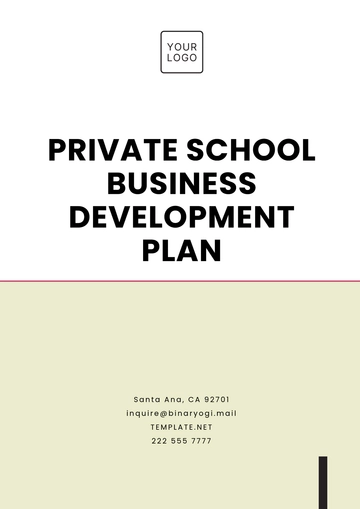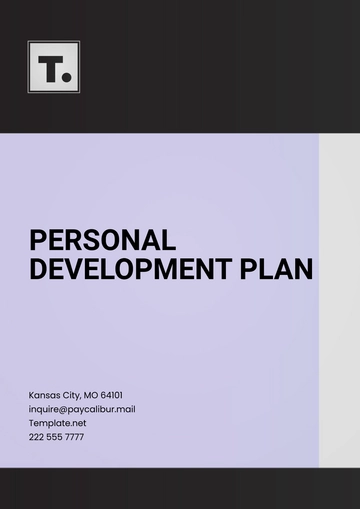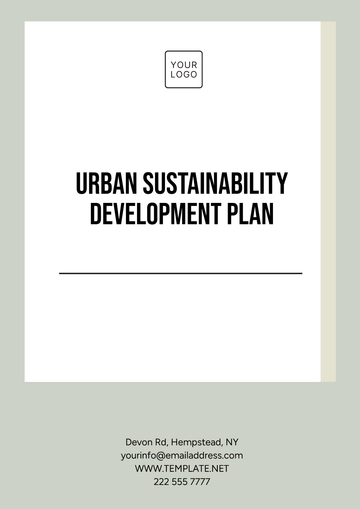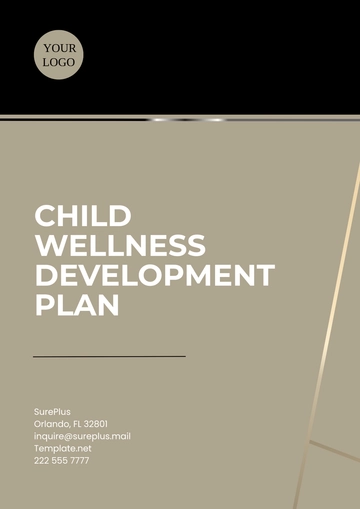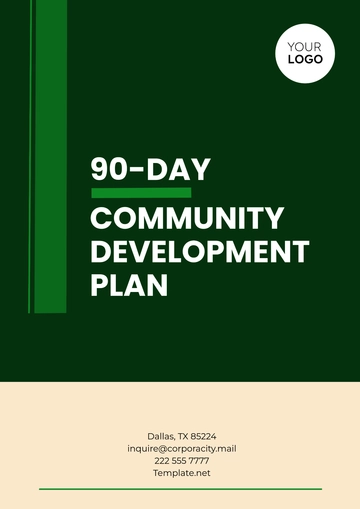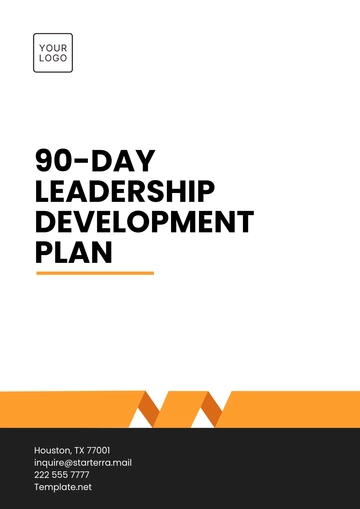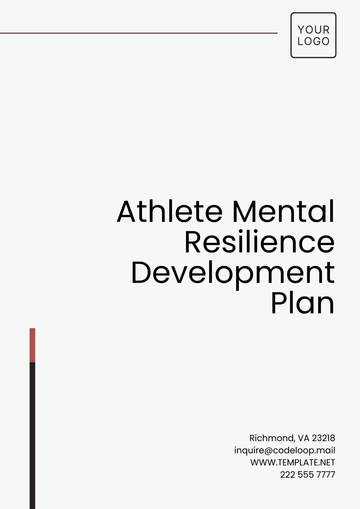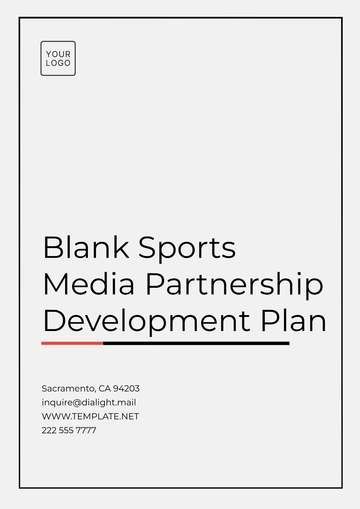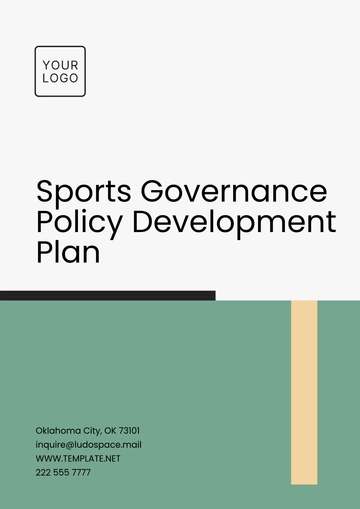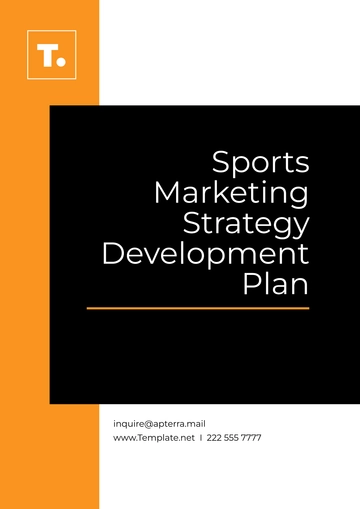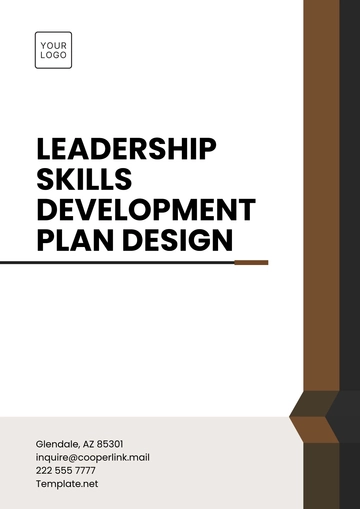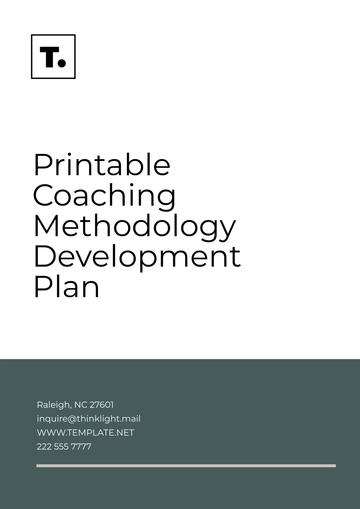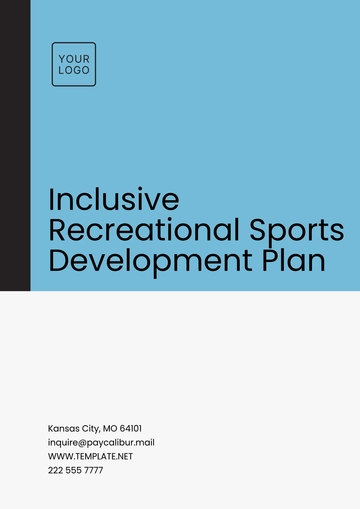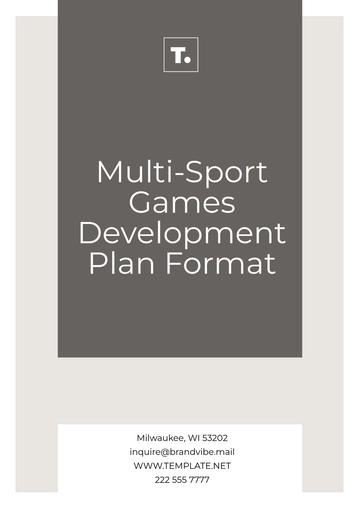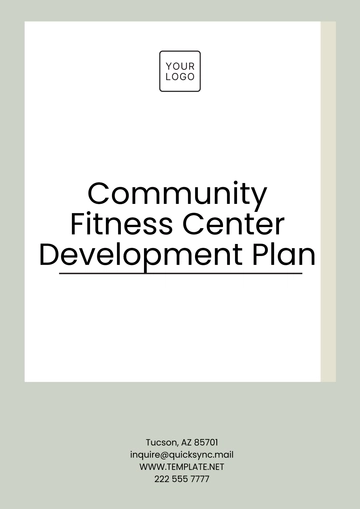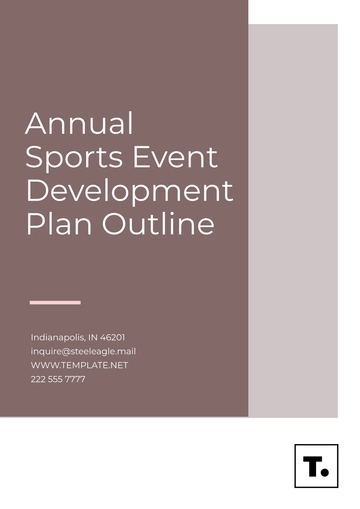Donor Development Plan
Written by: [YOUR NAME]
I. Introduction
To foster strong and lasting relationships with our donors, it is essential to implement a comprehensive Donor Development Plan. This plan outlines strategies and tactics to engage with donors, cultivate their involvement, and nurture their commitment to [YOUR COMPANY NAME]'s mission of providing essential services to underserved communities. By providing personalized experiences and demonstrating the impact of their support, we aim to strengthen donor loyalty and increase their level of investment in our cause.
II. Goal
The primary goal of our Donor Development Plan is to deepen relationships with existing donors and encourage increased levels of support over time. Specifically, we aim to:
III. Donor Segmentation
To tailor our cultivation efforts effectively, we have segmented our donor base into the following categories:
Segment | Description |
|---|
Major Donors | Individuals or organizations who contribute significant financial support to the organization. |
Annual Donors | Regular supporters who make smaller, recurring donations on an annual basis. |
Event Attendees | Individuals who have attended fundraising events or participated in campaigns. |
Volunteers | Individuals who donate their time and skills to support the organization's programs and initiatives. |
IV. Strategies and Tactics
1. Personalized Communication
Provide regular updates on our programs and achievements through newsletters, emails, and social media platforms, ensuring donors feel informed and connected to our work.
2. Exclusive Engagement Opportunities
Host intimate events for major donors, providing opportunities for face-to-face interaction with organizational leadership, program beneficiaries, and fellow supporters.
Invite donors to participate in focus groups or advisory committees, soliciting their input on organizational strategies, programmatic priorities, and fundraising initiatives.
3. Recognition and Stewardship
Implement a donor recognition program, acknowledging donors at various giving levels through naming opportunities, plaques, or annual reports.
Assign staff to manage major donor relationships, provide updates, address concerns, and offer deeper engagement opportunities.
4. Impact Reporting
Develop comprehensive impact reports, demonstrating the tangible outcomes and benefits of donor contributions through compelling stories, data-driven metrics, and visual representations.
V. Timeline and Evaluation
Year | Activity |
|---|
2050 | Launch personalized communication plans and exclusive engagement opportunities for major donors. |
2051 | Implement donor recognition program and impact reporting mechanisms. |
2053 | Evaluate donor retention rates, average donation size, and overall satisfaction levels among donors. |
2055 | Adjust strategies based on feedback and performance metrics, continuously refining our approach to cultivation. |
VI. Budget Allocation
Expense Category | Allocation (USD) |
|---|
Staff Time | $50,000 |
Event Planning | $20,000 |
Communication Materials | $10,000 |
Donor Recognition Efforts | $15,000 |
Training and Professional Development | $10,000 |
Technology and Data Management | $25,000 |
Allocate resources for donor cultivation activities, including staff time, event planning, communication materials, and donor recognition efforts, ensuring alignment with fundraising goals and organizational priorities.
VII. Training and Capacity Building
Offer ongoing training sessions, workshops, and mentorship opportunities to enhance staff competencies in donor communication, relationship management, and fundraising best practices.
VIII. Partnerships and Collaborations
Explore opportunities for collaboration with other nonprofit organizations, corporations, or community groups to expand our donor base, leverage shared resources, and reach new audiences.
Identify potential partnership opportunities for co-hosting fundraising events, sharing donor databases, and collaborating on joint marketing and outreach initiatives to amplify our impact and extend our reach within the community.
IX. Technology and Data Management
Implement donor management software or customer relationship management (CRM) systems to track donor interactions, preferences, and giving history, ensuring accurate and up-to-date donor records.
Utilize data analytics tools and reporting dashboards to analyze donor trends, segment donors effectively, and personalize communication strategies based on donor preferences, behavior, and engagement history.
Regularly review and clean donor data to maintain data integrity, identify duplicate records, and remove outdated or inaccurate information, ensuring the reliability and usefulness of our donor database for targeted cultivation efforts.
X. Conclusion
By implementing the strategies outlined in this Donor Development Plan, we aim to foster deeper connections with our donors and inspire increased levels of support for [YOUR COMPANY NAME]'s mission. Through personalized communication, exclusive engagement opportunities, impactful stewardship efforts, and data-driven decision-making, we will demonstrate the value of donor contributions and cultivate a culture of philanthropy that sustains our organization for years to come.
Plan Templates @ Template.net
